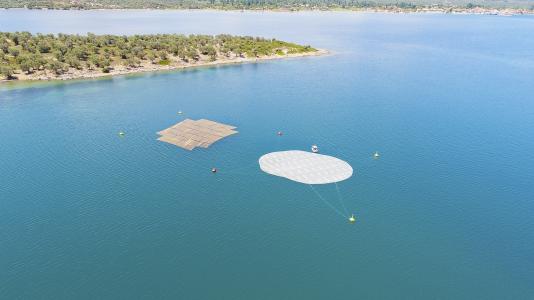Plastic Litter Project: Detection and monitoring of artificial plastic targets with satellite imagery and UAV

There is an urgent need to assess the levels of plastic pollution in the ocean, to allow for future monitoring and determine the efficacy of any remediation put into force. As a consequence, parallel to in situ observations, there is a growing interest in detecting marine debris using remote sensing satellite and UAV imagery. The Marine Remote Sensing Group (MRSG) at the University of the Aegean is one of the few groups worldwide with in-deep experience in developing artificial plastic debris target structures, in different configurations and polymer composition. MRSG run for a second year the Plastic Litter Project (PLP), i.e. calibration/validation project for detecting artificial plastic targets on the sea surface using Sentinel satellite and UAV images (PLP2019) and (PLP2018). In PLP2018 (Topouzelis et al, 2019), 3 plastic 10x10m targets were deployed and analysed their presence in Sentinel-2 and Sentinel-1 imagery.. Also, during PLP2019, partly funded by ESA project "EO tracking of marine debris in the Mediterranean Sea from public satellites", 6 new 5x5m targets were constructed, deployed and tested, and a database with more than 10 days of satellite captures with different targets of varying composition was produced. These encouraging results, together with other studies, indicated the possibility to remotely detect marine debris, although the technology and methodologies are still at a premature stage. This new project ambitionned to design and deploy permanent at-sea infrastructure and re-deployable target structures, with polymer composition representative of what is reported in the literature, for the calibration and validation of marine debris detection methodologies. Multi- and hyper-spectral imagery from UAV mounted cameras formed part of the datasets produced. All data were stored on a database to be shared with the scientific community upon request.
A video of the activity can be seen here.
